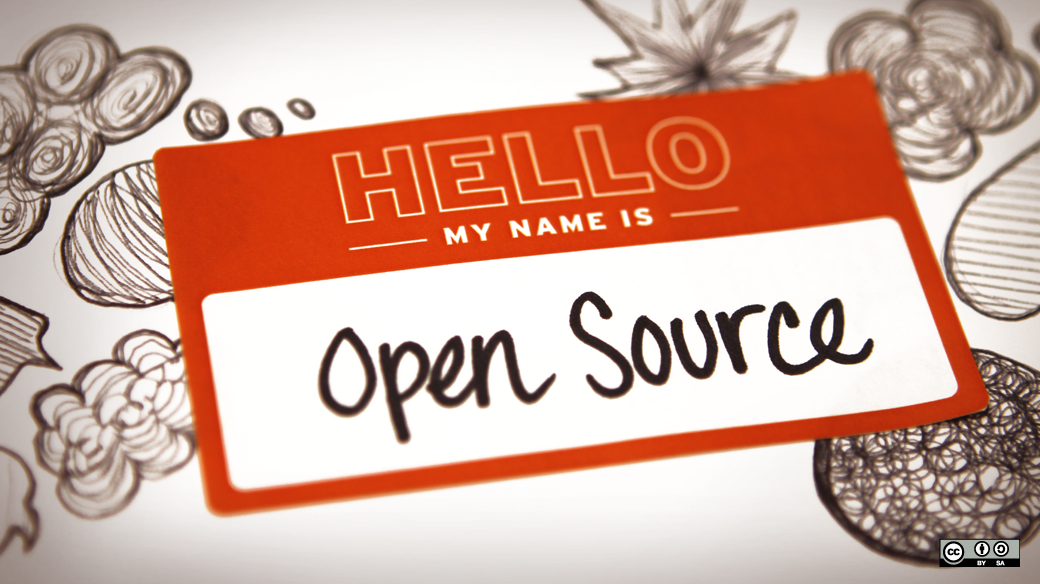.webp)

The advantages of an open source system are unlimited. People all around the world are working hard to create more valuable extensions, adding new features and enhancements.
After my first Magento course, I thought ‘So the developers create it, and the retailers use it!’. The second course let me know I was wrong. Integrating Magento in an organization is only the first step. The sales managers have to think very hard how to get more customers on their websites, to increase the conversation rate. Or they just need to follow some valuable information on the blogs like Inchoo, BlueAcorn, Redstage or Visualwebsiteoptimizer. I was really surprised when I read some very interesting articles about enhancements of check-out, usability, Magento Connect extensions and different research methods. All these sites I mentioned give us very important information about ‘how to sell more’ for free! Tens of Magento best experts share their experience with sales managers, consultants and students like me! Of course I am going to subscribe to all these websites and read the ‘Best Practices’ of the Magento Experts. My bookmarks-bar is already full with feeds, so it will take some to read them all ;)
Most of my content is published on LinkedIn, so make sure to follow me there!


Recently I've seen some (often absolute) statements going around, generally in the line of "open source commerce platforms are a terrible idea". Now of course different solutions always have different pros and cons.

A hierarchy of evidence (or levels of evidence) is a heuristic used to rank the relative strength of results obtained from scientific research. I've created a version of this chart/pyramid applied to CRO which you can see below. It contains the options we have as optimizers and tools and methods we often use to gather data.